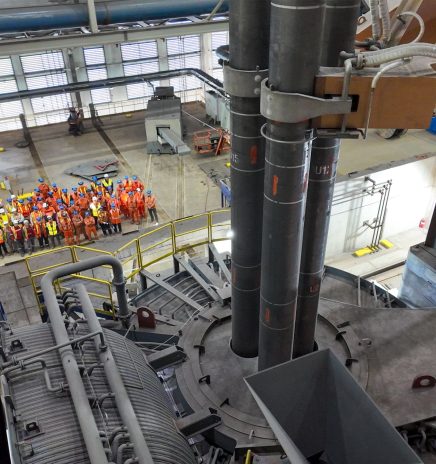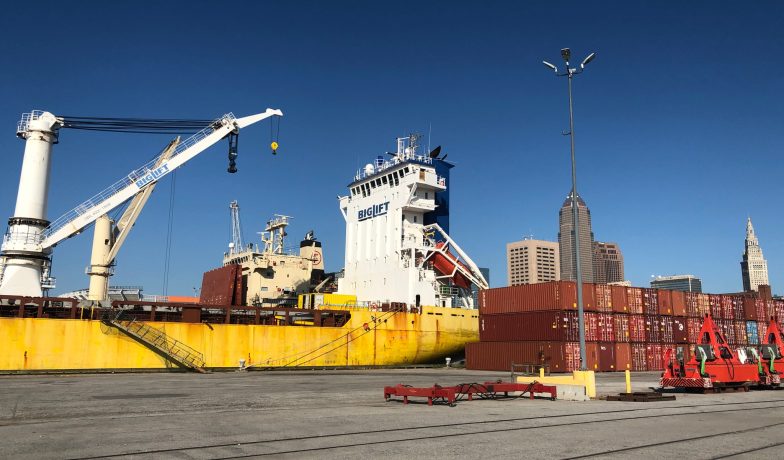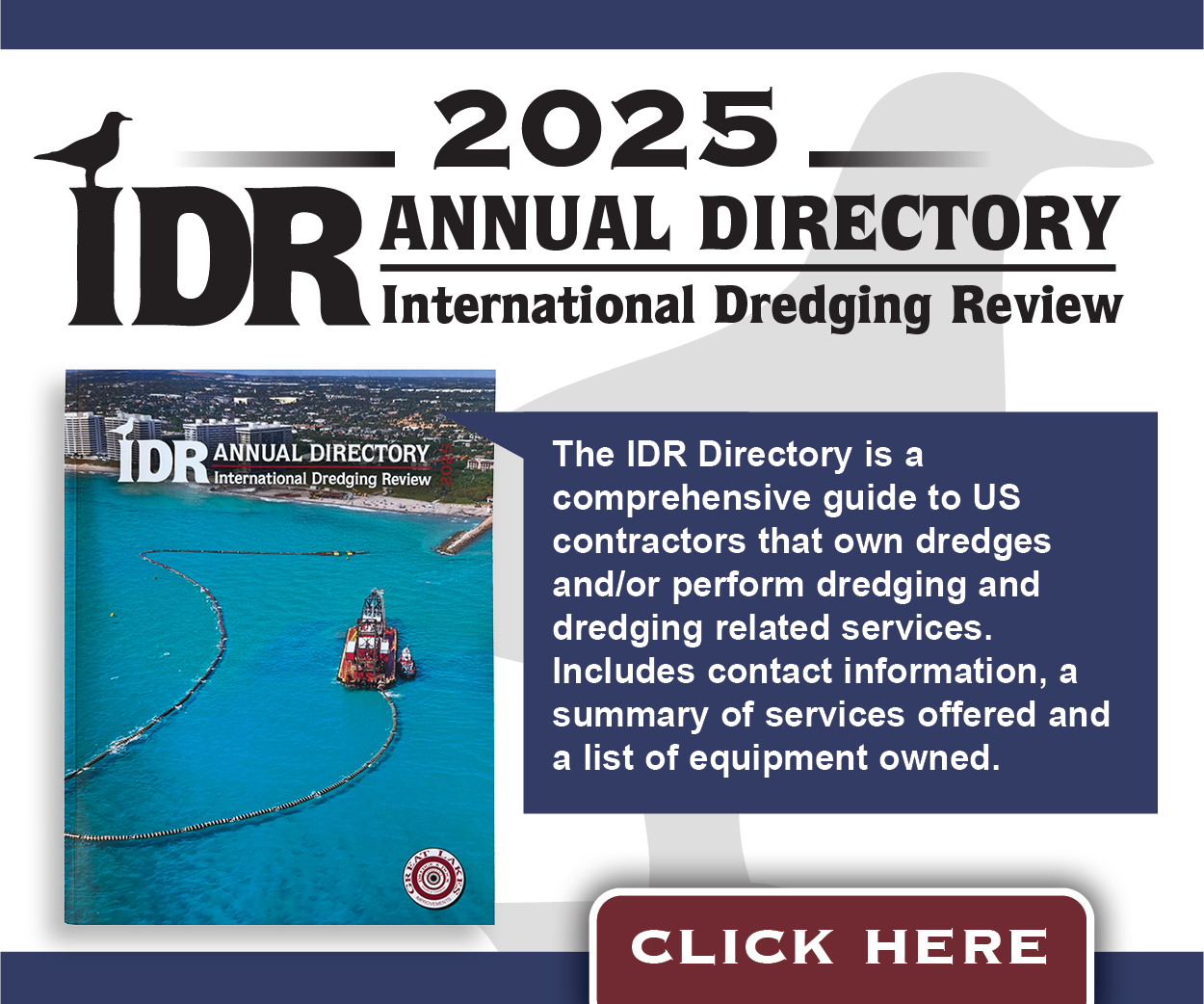Great Lakes Ports Receive $217 Million Through the EPA Clean Ports Program
The grants are funded by the Biden-Harris administration’s Inflation Reduction Act, aimed at advancing environmental initiatives by reducing diesel air pollution in U.S. ports by installing clean, zero-emission freight and ferry technologies along with associated infrastructure. The selected projects include a wide range of equipment used at and around ports, with funds supporting the purchase of zero-emission equipment including more than 1,500 units of cargo handling equipment, 1,000 drayage trucks, 10 locomotives and 20 vessels. Funding will also go toward installing shore power systems, battery-electric and hydrogen vehicle charging and fueling infrastructure and solar power generation at ports.
Great Lakes Ports
Of the 55 applicants, several ports in the Great Lakes will receive funding. The Detroit/Wayne County Port Authority will receive $21.9 million for zero-emission initiatives at the Port of Detroit in Michigan. The anticipated funding will be used to purchase a variety of zero-emission equipment, including:
- Nicholson Terminal & Dock Co., which operates the only general cargo dock at the Port of Detroit, will replace six heavy and medium duty forklift trucks. Three DC fast chargers and related electrical upgrades will also be installed.
- Waterfront Petroleum Terminals will replace a forklift and terminal tractor with battery electric-equivalent equipment, add a boom-lift, a rail car mover and a mobile gantry crane.
- Holcim USA Inc. will replace three forklift trucks, replace a rail car mover and add two DC fast chargers at its Detroit terminal. Holcim USA, Inc. will also add a one-acre 318kW solar array to charge its equipment.
- The Wayne County Sheriff Marine Division and the Detroit Harbormaster will each receive a new patrol boat equipped with an inboard 126kW electric motor, two 225kW and two 90kW outboard motors to replace gas equivalents.
The funding will also support community engagement services and workforce and economic development plans. The Port of Detroit will also receive an additional $3 million to develop a roadmap for emissions reductions with shore power, zero-emissions medium and heavy-duty vehicles and port equipment, EV and hydrogen fueling infrastructure. Specific details of these initiatives include:
- The port will collaborate with the American Bureau of Shipping (ABS) to study the feasibility of deploying a zero-emission barge to provide between 6 to 15 megawatts of clean energy (from hydrogen or green methanol) for cargo ships unloading within the Port of Detroit. The study will determine what equipment modifications will need to take place on the ships serving the port and the associated costs. If feasible, the concept could be deployed in other Great Lakes ports.
- Southwest Detroit Environmental Vision and Michigan Clean Cities (MICC) will develop a plan for zero-emission hydrogen fueling for medium and heavy-duty vehicles and equipment at port related facilities.
- The Detroit/Wayne County Port Authority will plan for clean energy jobs by identifying current job gaps and needs as the transition to cleaner fuels and power sources for port and freight activity emerges over the next 15-20 years.
The Cleveland-Cuyahoga County Port Authority received $94.3 million from the EPA, the largest grant in the port’s history. The grant will cover 90 percent of costs designed to reduce the port’s carbon footprint, with the remaining 10 percent being funded through private and public contributions. As part of the program, the port will implement several sustainability initiatives through partnerships with Logistec USA Inc., and Great Lakes Towing, which operates the Port of Cleveland’s general cargo terminal and tugboat shipyard. The funding will also go toward the following infrastructure and technology upgrades:
- Rooftop solar system and battery energy storage for operations at the Port of Cleveland
- Installation of electric cargo handling equipment and charging infrastructure
- Installation of shore power to allow vessels to plug in while docked
- The construction of two new electric tugboats
The Illinois Environmental Protection Agency received $92.1 million for the Illinois International Port District (IIPD) in Chicago. The funding will go toward the purchase of electric drayage trucks, cargo handling equipment, vessels, railcar mover and locomotives, charging infrastructure, solar generation and battery energy storage systems and shore power. The agency also received a nearly $3 million grant for Illinois waterways ports. This funding will provide emission inventories, set emission reduction goals for thousands of vehicles in operation, develop strategies for community development and establish initiatives for workforce development opportunities.
The Michigan Department of Environment, Great Lakes, and Energy was awarded $3 million for Michigan ports to create a competitive grant program to fund emission reduction activities. The funding will also establish a workforce development program and initiate engagement with area communities.
Next Steps
The EPA received more than $8 billion in project applications. Those selected for grants will work with the agency over the next few months to finalize project plans before receiving final awards. Implementation will take place over the next three to four years depending on the complexity and scope of each project.

Sea Lamprey Control Initiative Enters Five-year Implementation Phase
The Supplemental Sea Lamprey Control Initiative (SUPCON) has entered a new, five-year implementation phase following several years of successful proof-of-concept research. Funded by the Great Lakes Fishery Commission, SUPCON expands... Read More

Algoma Steel to Lay Off 1,000 Workers, Close Blast Furnace
Algoma Steel plans to lay off about 1,000 workers and close its blast furnace and coke making operations in early 2026. Algoma cites the high tariffs imposed by U.S. President... Read More


